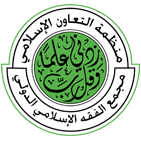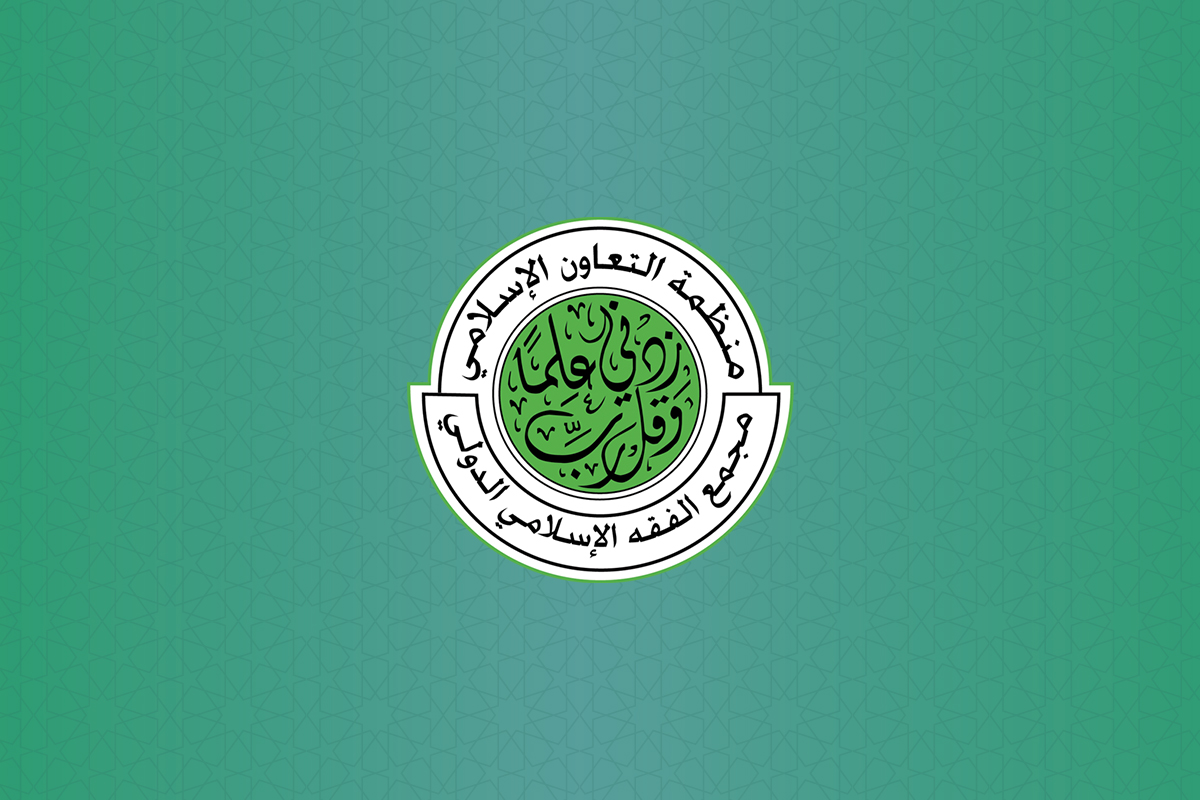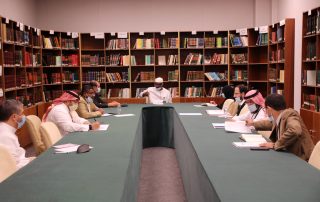
In the Name of Allāh,
the Entirely Merciful, the Especially Merciful
Praise is due to Allāh, Lord of the worlds, may the blessings and peace be upon our master Muḥammad, the last of prophets, on his family, and all his companions.
Resolution No. 137 (3/15)
Ṣukūk al-Ijārah (Leasing Bonds)
The Council of the International Islamic Fiqh Academy of the Organization of the Islamic Conference, holding its 15th session in Muscat, Sultanate of Oman, on 14–19 Muḥarram 1425h (6–11 March 2004),
Having examined the research papers submitted to the Academy concerning
Ṣukūk al-Ijārah (Leasing Bonds),
Having listened to the discussions on the subject,
Resolves
- The idea of Ṣukūk al-Ijārah is based on the concept of “securitization,” which refers to the issuance of tradable securities representing in- come-producing The purpose of Ṣukūk al-Ijārah is to transfer the assets and usufructs relating to the lease contract to securities (Ṣukūk) that can be traded in secondary markets. Therefore, Ṣukūk al-Ijārah are defined as “documents of equal values representing common shares in the ownership of income-producing assets or usufructs.”
- Ṣukūk al-Ijārah do not represent a specific amount of money or a debt owed by a particular party – be it natural or legal personality – but it is financial security representing a common portion (share) in a usable asset such as a building, an aircraft, or a ship; or a group of assets – similar or otherwise – that can be leased to generate income determined through the lease contract.
- Ṣukūk al-Ijārah may be issued to specific names, e., may carry a specific owner’s name. In this case, ownership’s transfer is to be by recording in a specific register or by writing the new owner’s name on the security itself. Alternatively, Ṣukūk al-Ijārah may also be issued to the bearer, where ownership transfer occurs by handing over the security.
- It is permissible to issue and trade negotiable Ṣukūk that represent shares in leased assets, provided that the assets satisfy the conditions which per- mit their leasing (being, for instance, a building, an aircraft, or a ship),
as long as the Ṣak (singular of Ṣukūk) represents ownership of tangible assets that are leased for yielding income.
- It is permissible for the owner of the Ṣak to sell it in a secondary market to any buyer against a price mutually agreed upon regardless of whether such price is equal to, less than, or more than the purchase price, because prices of assets are always governed by the market forces (supply and demand).
- The owner of the Ṣak is entitled to its share in the return – which is the rent – at the due dates indicated in the issuance prospectus, after deduct- ing the costs and expenses incurred by the owner or lessor as per the lease
- It is permissible for a leaseholder who has the right of sub-leasing to issue Ṣukūk al-Ijārah representing common shares in the usufructs that he owned through leasing, and uses such Ṣukūk for sub-leasing provided that such sub-leasing Ṣukūk are issued before signing the contracts with potential sub-lessees, whether the rentals of the sub-leasing contracts are equal to, less than, or more than the rent in the original lease contract. But if the leaseholder has already signed the contracts with the sub-lessees, it would not be permissible for him to issue the sub-leasing Ṣukūk as these Ṣukūk would represent debts owed by the sub-lessees to the lessor or
- The issuer or manager of Ṣukūk al-Ijārah should not guarantee the prin- cipal or return of the Ṣukūk, and in case of total or partial damage of the leased assets, the loss has to be borne by the Ṣukūk holders.
Recommendation
Holding a specialized seminar, in coordination with the concerned financial in- stitutions to study Shariah rulings on forms of Ṣukūk al-Ijārah presented in some of the research papers, and not covered by this resolution, so that the Academy may issue a resolution on them in the light of the results of the seminar. Most noticeable among these forms are the following:
- The ruling on Ṣukūk al-Ijārah that represent assets leased on “lease ending with ownership” to the person from whom the assets are
- The ruling on the issuance and trading of Ṣukūk al-Ijārah of described assets that are yet to be constructed (mawsufah bi al-dhimmah).
Indeed, Allāh is All-Knowing.
Read Also
Lastest








